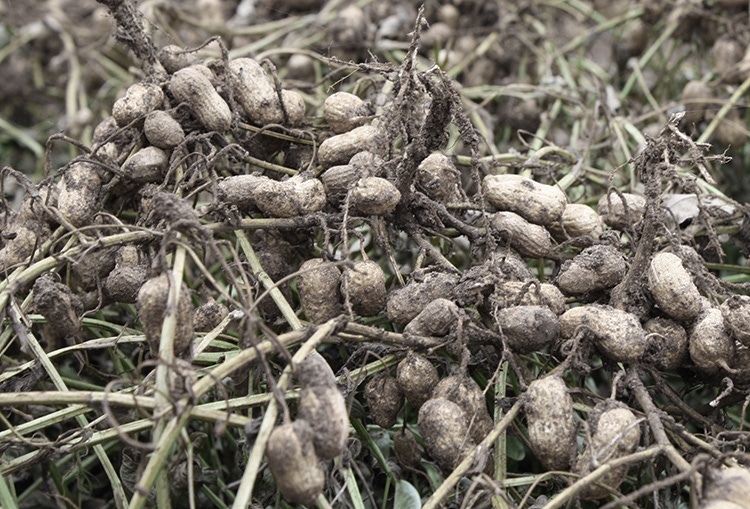
For more than two decades it dominated the U.S. peanut market, accounting for more than 80 percent of total acreage. But it had a weak link.
In 1969, the University of Florida introduced on a widescale the Florunner peanut variety developed by Dr. Allen Norden, who joined the University of Florida Department of Agronomy in 1958. There was no variety like it before, grown in the United States and South America. Florunner was officially registered in the 1969 Crop Science journal. Norden, William Carver and R.W. Lipscomb are cited on the registration.
Florunner had a lot going for it: Good flavor, good quality, the highest yields and good growth when used with a growth regulator. But in the 1980s, the Western flower thrips arrived in the Southeast and brought tomato spotted wilt virus.
Highly vulnerable to the disease, Florunner’s days were numbered, and for a time, some felt the U.S. peanut industry’s days were also numbered.
But the industry rallied for survival and breeding programs steered direction to disease-resistant varieties. UF peanut breeder Dr. Dan Gorbet helped lead this effort. His work is still impacting peanut breeding programs today.
In the mid-1990s, University of Georgia peanut breeder Dr. Bill Branch released the Georgia Green peanut variety. This variety, along with improved cultural practices developed by agronomists, entomologists, plant pathologists and farmers, saved the industry from tomato spotted wilt.
(EDITOR’S NOTE SEPT. 6 – The original version of this opinion piece, by mistake, didn’t include a sentence intended to be included by the writer. The sentence is “Dr. Barry Tillman builds today on the tradition of the UF peanut breeding program and to the benefit of the peanut industry.”)
The peanut industry enjoys the benefits of several public breeding programs today through other land-grant universities and USDA, programs that provide the backbone of the industry, running from farmers’ fields to consumers’ stomachs. Today, the U.S. provides high-quality, sustainable peanuts, but nothing is guaranteed.
By the way, one of Florida’s first peanut breeders was Fred Hull. In 1928, according to UF history, Hull was the first person to successfully artificially hybridize peanuts. He worked with William Carver on the Dixie Runner variety, which was released in 1943, another widely grown and popular variety.
Before it was overtaken by TSWV, Florunner’s economic impact, according to UF, is estimated to have been more than $2.3 billion. Norden was inducted into the Florida Agricultural Hall of Fame in 1984.
Appreciate Dr. Albert Culbreath, another giant in the peanut research world (and a heck of banjo player), for bringing the golden anniversary of Florunner to our attention during the UF Peanut Field Day Aug. 15 in Marianna, Fla.
Good luck. Take care, and thanks for reading.
About the Author(s)
You May Also Like






